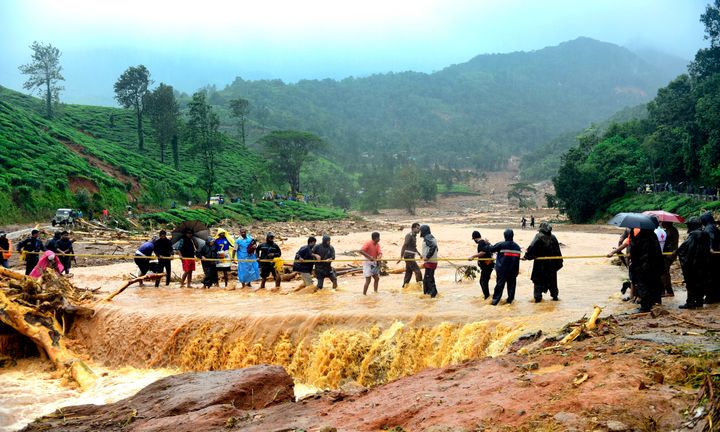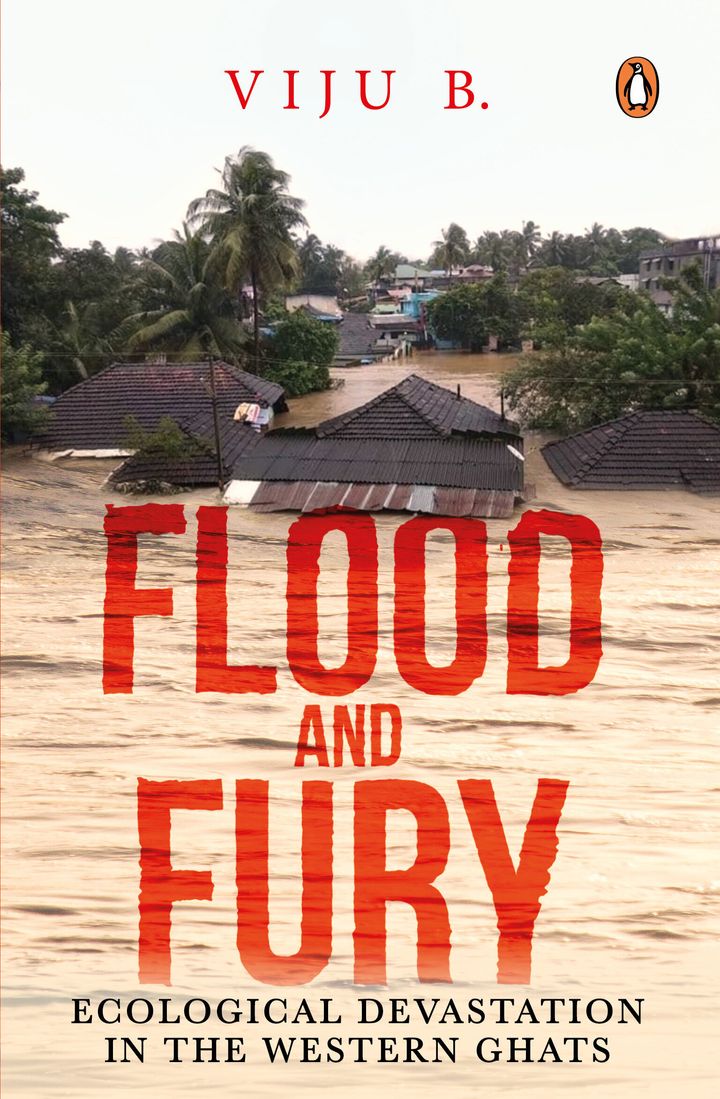
It rained like never before in many parts of Wayanad in the middle of December 2018. Such freakish weather had never occurred in the past fifty years, as far as Cheruvayil Raman could remember. He knows December rains are bad for the robusta coffee plants that has blossomed across the coffee plantations in Wayanad, and fungal diseases will soon spread over the berries.
‘Mother nature is finally getting back at us,’ he says. ‘The August floods, when half of Wayanad went under water, were just a trailer.’ With his long, curly, jet-black hair, sixty-nine-year-old Raman ettan, as he is fondly called, can pass for a forty-year-old farmer. In the last three decades, Raman has single-handedly done something that research institutes and agriscientists have been attempting to do the world over. Raman has painstakingly conserved fifty-one varieties of paddy seeds, of which thirty-two are endemic to Wayanad. He says he has enough reason to believe the hills of Wayanad are dying. This verdant plateau on the Western Ghats, bordering Tamil Nadu and Karnataka, aptly called the ‘green paradise on earth’ in tourism brochures, with its picture-postcard misty landscapes of coffee, cardamom estates, paddy fields and crystal-clear rivers, is at a tipping point today.
For the latest news and more, follow HuffPost India on Twitter, Facebook, and subscribe to our newsletter.
‘We are witnessing the signs of a grave natural calamity that is going to occur in the coming years,’ warns Raman, as he stamps over a bundle of paddy stalk just harvested from his own paddy field. Wayanad is one of the places where the impact of climate change and global warming is acutely felt. The first symptom was, of course, the change of seasons, or to put it more bluntly, the irregular arrival of the phenomenon called monsoon, which used to come uniformly, spread over several months, like a slow train picking up speed as the months went by, in tune with the cropping season.
Rainfall Patterns Disrupted
Wayanad, in particular, had many kinds of rains—rains that came down as a soft drizzle, fondly called noolmazha (literally: ‘thread rain’), like thin silk threads, falling on your face and shoulders; the misty, dewy rain that suddenly appeared from nowhere and disappeared behind the woods. The romance of the mist and rains was one of the main aspects that lured many tourists to Wayanad. These rains, though, had a great utilitarian value for the estates as they provided a temperate climate conducive to the plantation crops. Raman says Wayanad, like most parts of Kerala, had six different types of rains till very recently. Each came with a distinct sound, pace, colour and even smell. The rains have names starting with the names of Malayalam months. It began with Kumba mazha (rain), the summer rains in February that cleared the dirt in the atmosphere. Then came the Meda mazha or Vishu mazha (in April), which was short and brisk, but this rain makes the parched land ready for farming. Tuber crops like yam and colocasia are planted. At the beginning of Edavapathi (May–June), the south-west monsoon arrives. The paddy fields are set to be irrigated. The Midhuna mazha (August rain) brings copious rainfall, and as the plains get flooded, the groundwater levels are replenished. The Chinga mazha (September rain) is soft and fun-loving, and the rain plays hide-and-seek, drizzling even in the sunshine. The Tula mazha (in October) is accompanied by heavy thunderstorms, signalling the end of the south-west monsoon.
‘For hundreds of years, we have been cultivating crops as per the monsoon calendar. The regular rain pattern has been destroyed forever. In the last few years, except last year, which had heavy rainfall in August, there has been a
deficit in rainfall in Wayanad,’ he says. Raman’s observation on the density of rainfall is not off the mark. Several studies conducted by various research agencies in the last decade showed that Wayanad is going to face the brunt of climate change, which can be mitigated only through protection of the remaining forest cover. The density of rainfall in Wayanad has shown a decreasing trend in the four-year period between 2013 and 2017, data from the Indian Meteorological Department showed.2 In 2013 (between 1 June to 19 August), the district received 2436.2 mm rainfall; in 2014, the rainfall received was 2242.2 mm; by 2015, it was reduced to 1360.2 mm; in 2016, it was further reduced to 991.4 mm; in 2017, there was a slight increase to 1197.8 mm.
Further, a detailed study of rainfall data collected in twenty-eight years, that is between 1983 and 2011, in Wayanad by researchers Danesh Kumar and Pavan Srinath showed that the number of days in a year that received a ‘moderate’ amount of rainfall (20–30 mm) was found to be decreasing, but the number of days receiving very low or very high rainfall was increasing. The study said that major climate change trends observed in Wayanad included rising minimum temperatures, weakening in the early phase of the south-west monsoon precipitation, increasing polarization of daily rainfall and more frequent heavy rainfall days. Due to this water stress and climatic variability, the threat of drought looms over all livelihood- related activities in the region. The study noted: ‘Climate change is set to bring about gradual changes like the shift of climatic zones, increased temperature and changes in precipitation patterns. Along with gradual changes, climate change is very likely to increase the frequency and magnitude of extreme weather events such as droughts, floods and storms.’
There has also been a steady increase in temperature in the high ranges of the Western Ghats, temperature data taken from Wayanad and Idukki showed. The Kerala State Action Plan on Climate Change report, based on the temperature data recorded at the Regional Agricultural Research Station, Ambalavayal (Wayanad district) and Cardamom Research Station at Pampadumpara (Idukki district), under the Kerala Agricultural University studies, revealed that the maximum temperature over the high ranges of Kerala had increased by 1.46 degrees Celsius between 1984 and 2009.
‘It reveals that the effect of global warming and deforestation is felt more across the high ranges of Kerala situated in the Western Ghats, one of the hotspots of biodiversity,’ the report said.

Excerpted with permission from Flood and Fury, Viju B, Ebury Press